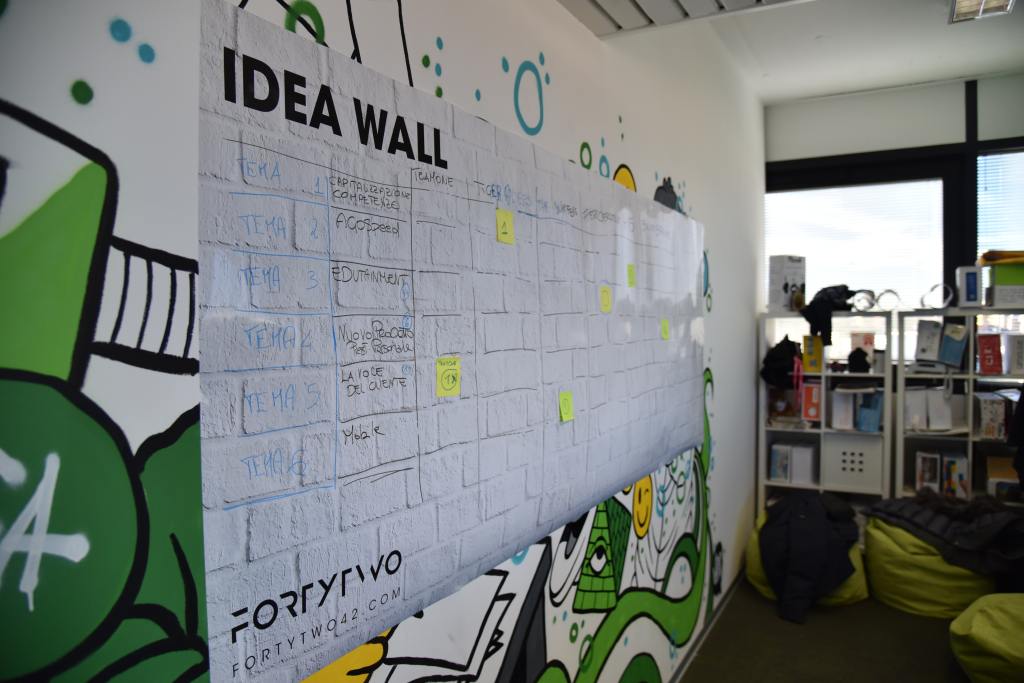Of Stagflation and Recovery
April 28, 2022 Leave a comment
Photo by FortyTwo on Unsplash
Governments create inflation. Since governments maintain a monopoly on money creation and exercise it constantly, the results of their policies are their own, whether they wish to own them or not. Having said that, though government got us into this inflationary mess, more government is not going to get us out. Yet, less government might.
The current administration—including the Federal Reserve—is in a tight spot. Many repeatedly predicted that the unwholesome monetary and fiscal policies to respond to the equally unwholesome policies of dramatic economic shutdown of the 2020 Great Cessation would eventually lead to inflation. So they have, even worse than what we saw in the 1970s. The incoming Biden Administration persisted in blowing air into the inflationary balloon distended the year before.
This is not a partisan statement. We have seen two Republican administrations doom themselves at the polls by engaging in ruinous economic policies because it was an election year. Within memory of 2020 policymakers, the outgoing Bush Administration in 2008 mishandled the sure-to-be recession coming from the bursting of the housing bubble by panicking Congress into passing the TARP legislation, which fright drove investors to the sidelines.
True, the price rise from the 2020 massive fiscal and monetary stimulus did not appear as quickly as worriers, like me, expected. Recipients of government largesse were not spurred to spend it as spontaneously as predicted. Neither did negative real interest rates prod much borrowing, but it did punish savers. While economic activity remained suppressed, people for a time sat on their money with little to do. Eventually, puzzles all finished, people started coming out as 2021 wore on. Congressional leadership called for more stimulus whilst the flood of funds from earlier stimulus at last began to flow.
The tight spot for the current administration is how to bring down inflation without bringing down the economy. Of course, the economy will come down if they do not, because inflation eats away at the insides of economic activity. Current White House leaders are sensitive about comparisons with the Carter Administration, yet there is talk of following the failed Carter example of trying to drive the economic car with one foot on the brake and the other on the accelerator. That is the program for Carteresque stagflation, a stalled economy wrapped in continued high prices.
What we should have learned—and many have—is that the way to end inflation without getting into stagflation is not more government stimulus. It is to end disincentives to business activity. Reduce regulatory burdens and people will find ways to solve problems and get things done. Inflation is caused by too much money chasing too few goods and services, stagflation impeding production of goods and services. Reducing regulatory burdens and barriers to business activity addresses both problems by promoting productivity, innovation, and expansion, which increase supply at lower costs, reward creativity, and encourage new ideas in a virtuous economic circle. It worked in the 1980s. It can work 40 years later.
